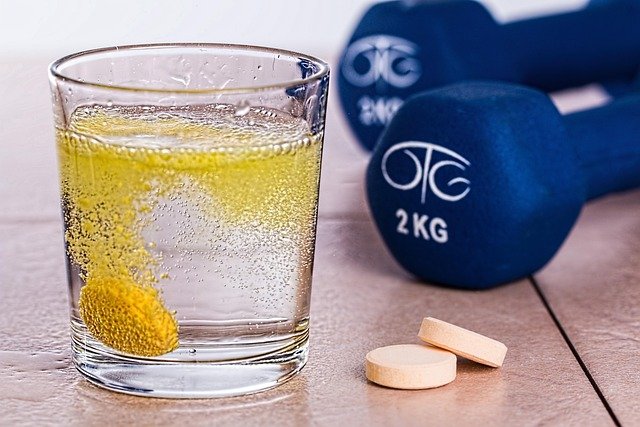Pre- and post-exercise skin steps to reduce irritation
Exercise can improve circulation and wellbeing, but sweat, friction, and environmental exposure may provoke skin irritation during and after workouts. This article outlines practical pre- and post-exercise steps to protect skin, address inflammation, and support recovery with attention to cleansing, hydration, nutrition, and targeted skincare ingredients.

How does hydration affect sweat and irritation?
Maintaining hydration before, during, and after exercise helps regulate sweat production and skin temperature, which can reduce irritation. Adequate fluid intake supports the skin’s natural barrier and can limit excessive salt concentration on the skin that contributes to stinging or flaking. Apply lightweight, non-comedogenic moisturizers to areas prone to chafing before activity; this complements internal hydration. During long workouts, sipping water supports endurance and recovery while minimizing overly salty sweat that can exacerbate inflammation on sensitive skin.
What cleansing and barrier care helps?
Gentle cleansing immediately after workouts removes sweat, bacteria, and residual sunscreen that can clog pores and provoke irritation. Use a mild cleanser formulated for your skin type and avoid harsh scrubs that strip lipids from the barrier. After cleansing, apply a barrier-repair moisturizer that contains ceramides or humectants to restore hydration. Regular, balanced barrier care reduces inflammation risk and supports long-term skin resilience; consistent post-exercise cleansing paired with barrier-supporting products promotes healing without over-drying important lipids.
When should you apply sunscreen and protect skin?
If your workout takes you outdoors, apply a broad-spectrum sunscreen before activity; reapply according to product instructions, especially after heavy sweating. Choose water-resistant formulas designed for active use to balance sun protection with breathability. Wearing lightweight, breathable clothing that covers exposed areas and using physical barriers such as hats or visors can reduce UV exposure and the compounding effect of sun and sweat on irritation. Sunscreen helps prevent UV-driven collagen breakdown that can worsen post-exercise redness and sensitivity.
How do nutrition, sleep, and recovery influence skin?
Dietary choices and recovery behaviors affect inflammation and skin repair. A balanced nutrition plan supplying antioxidants, omega-3s, and protein supports collagen synthesis and cellular recovery after exercise. Prioritize sleep as a key recovery component—sleep influences hormonal regulation and tissue repair, including collagen production that maintains skin integrity. Combining proper nutrition with rest-enhancing habits improves the skin’s capacity to manage exercise-induced stress and reduce persistent redness or irritation following workouts.
Can peptides, antioxidants, and collagen aid repair?
Topical peptides and antioxidants can complement basic skincare by supporting repair processes. Peptides may signal skin to support collagen and matrix maintenance, while antioxidants like vitamin C and E help neutralize free radicals generated during intense exercise or sun exposure. Collagen-supporting nutrients through diet and targeted topical formulations may help preserve skin structure over time. Use such ingredients in formulations appropriate for post-exercise application—non-greasy, non-comedogenic products reduce the risk of pore congestion while providing supportive active benefits.
How do mobility, strength, and endurance training affect skin stress?
Different training modalities influence skin differently: endurance workouts often increase prolonged sweating and friction, whereas strength and mobility sessions can concentrate pressure and rubbing in specific areas. Plan preventive measures based on the activity: moisture-wicking fabrics and friction-reducing balms help during endurance sessions, while proper form and padding can reduce localized abrasion in strength or mobility routines. Integrating recovery strategies—cool-downs, stretching, and topical barrier care—limits acute inflammation and supports longer-term skin tolerance to repeated training.
This article is for informational purposes only and should not be considered medical advice. Please consult a qualified healthcare professional for personalized guidance and treatment.
Conclusion A routine that pairs thoughtful pre-exercise protection with immediate, gentle post-exercise care helps reduce irritation risk. Focus on hydration, appropriate cleansing, barrier repair, sun protection, and recovery-supporting nutrition and sleep. When needed, incorporate peptides or antioxidants in suitable formulations to complement basic skincare. Adapting choices to the type of activity and skin sensitivity promotes comfort and supports ongoing skin health without compromising performance.





